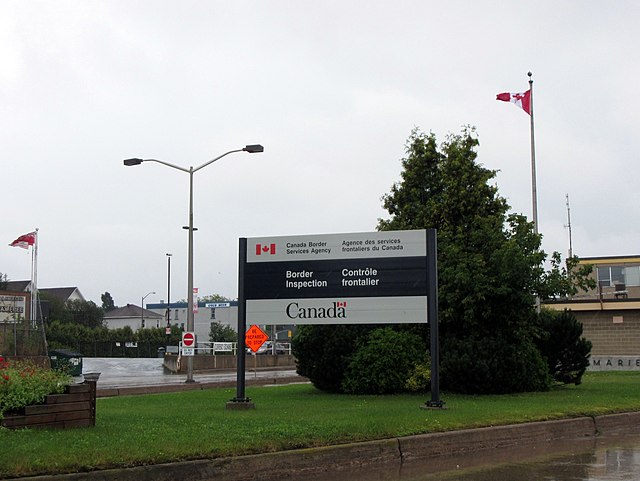A new Statistics Canada study reveals that Canada’s temporary worker and student populations decline more rapidly than previously understood, with implications for workforce planning as the federal government moves to reduce temporary resident numbers.
The research, released Sept. 24, tracked work and study permit holders from 2018 to 2022 and found that only 36% to 38% of temporary residents maintained their status after three years, according to Statistics Canada.
The findings come as the federal government implements policies to reduce temporary residents to 5% of the national population by 2026, down from current levels that have strained housing and public services.
Retention rates vary by permit type
Study permit holders showed the highest retention rates, with 52% to 59% maintaining temporary resident status after three years, the study found. Temporary Foreign Worker Program participants retained status at rates of 36% to 37%, while International Mobility Program workers had the lowest retention at 12% to 13%.
However, International Mobility Program workers were most likely to obtain permanent residency, with 47% to 64% of 2018-2020 participants becoming permanent residents within three years, according to the research.
New permits key to maintaining status
Initially, most temporary residents maintained status through their original permits, but by the third year, obtaining new temporary permits became the primary method of staying in Canada. The study found 32% to 36% of the original groups obtained new temporary residency permits by year three.
Between 2023 and 2024, newly issued study permits dropped 24% while the total number of study permit holders declined only 4%, according to administrative data cited in the study. Work permits under mobility programs fell 4%, but total work permit holders increased 19%.
Policy implications for employers
The research highlights that reducing new temporary resident entries alone has limited short-term impact on overall numbers, said study authors Yuqian Lu and Feng Hou from Statistics Canada’s Economic and Social Analysis division.
“Understanding and managing the stock of NPRs involve considering both inflows and the varied pathways through which individuals maintain or alter their status,” the authors wrote.
The federal government plans to select more than 40% of new permanent residents annually from existing temporary residents already in Canada, according to Immigration, Refugees and Citizenship Canada policies referenced in the study.
Exits from valid status
By the first year, 12% to 20% of temporary residents no longer held valid residency status, while 4% to 10% obtained permanent residency, the study found. By year three, both pathways played similar roles in reducing temporary resident numbers.
The 2020 group showed different patterns due to pandemic-related travel restrictions, with higher permanent residency transition rates but similar three-year retention compared to other years.
The study excluded asylum claimants from initial counts but included them as possible status outcomes, and focused only on permit validity periods rather than actual residence in Canada.





